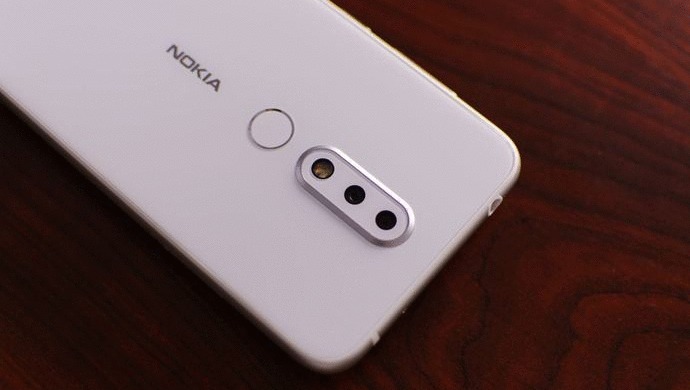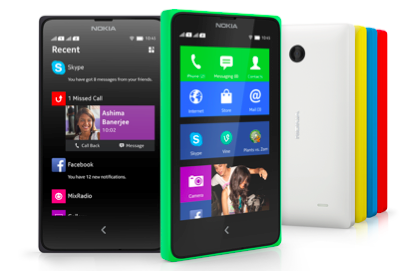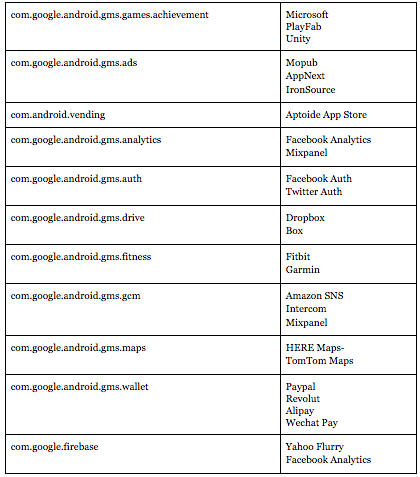The die is cast and the Mobile ecosystem has just reached a turning point

by Paulo Trezentos & Tiago Alves, Aptoide
In a time when Google Play Services seem to be a political weapon in trade wars after the US company announced the suspension of its business with Huawei, is good to remember a secret project a few years ago that could have changed the Android landscape: the Nokia X.
In November 2013, Aptoide was contacted by Nokia’s top management about a secret project. Everything was very secretive, and we had to sign a bunch of NDAs even before knowing any further details. The goal was to map and replace the Google Play Services and to set up an entirely new ecosystem where Google would not be needed and where each ecosystem partner could contribute their own piece to the puzzle.
Why are Google Play Services such an important piece of any smartphone? Because they are a set of 59 API services provided by Google that are essential for any Android phone to run applications like maps, games, fitness, search and many others. For a developer, it is as easy as to include a line of code in the Android app and use the features exposed by these services.
Also Read: Photos from Echelon Asia Summit 2019 grand finale
The challenge Nokia gave Aptoide was clear: to improve the very limited Nokia app store with our content and technology. And we were not the only ones since at least two other app stores were also working in parallel.
The big announcement was done in February 2014 at MWC Barcelona which is the biggest tech event in Europe. The demonstration models running Android (e.g. Nokia X, X+, XL) were pretty cool, with things like jaw-dropping prices as low as US$122 and an open model (unlike Amazon Kindle/Fire devices where the user experience is limited to Amazon services) for users to choose different browsers, search engines and app stores.

As soon as the devices hit the stores, India, for example, posted healthy sales according to analysts even though it was a new Android concept. But just after a couple of months, the purchase of Nokia by Microsoft led to the end of the project when it was just ramping up.
Everything culminated in July 2014, when Microsoft admitted via email to closing the services and migrating to Windows phone. In other words, what might have been the possibility of an open Android Services layer, had just been shut down.
So, five years after the Nokia X project, is it still possible to replace Google Play Services?
That’s a tough question.
To answer it we have to go a bit technical and understand that Google Play Services integration comprises of three different technical components: #1 – the App itself (APK), #2 – the IPC calls (intents), and #3 – the Daemon services on the phone.
The bad news for Google is that the Android bytecode language (smali) easily allows change for #2 (IPC calls) in bulk, making easy the task of replacing Google calls. On the other hand, Android smartphone manufacturers can easily sell phones with alternatives to #3 (daemon services) pre-loaded from the factory.
So the only remaining challenge is to actually guarantee that the alternative services exist. Here is a non-exhaustive and basic mapping of alternative services that are already available today or that could be easily be made available:

Is the recent ban on Huawei the only battlefield where the Google services are being challenged?
Surprisingly not.
The car industry is a great example where manufacturers and suppliers are building an alternative Android stack to ensure they don’t have to pay USD 50 per vehicle to Google as royalties and to protect their user data from the American giant.

Although some partnerships have been announced, in the labs of every OEM car manufacturer an AOSP version of Android is being developed (the Android Open Source Project as the name indicates is the part of the Android code that is still open for anybody to build on top of it).
Also Read: Why simplicity should be a guiding mantra for software development
Even if there is a rollback of Trump’s administration decision on the imposed sanctions on Huawei, the “die is cast” – we believe the Mobile ecosystem just reached a turning point.
Whatever the result of these violent technology disputes, there are silent heroes that are worth the mentioning. And in our opinion, the men and women of the Nokia X project paved the way – they were prematurely stopped by a silly corporate decision but their ambition, vision (and craziness) will prevail in every mobile and cars digital ecosystem that challenge the existing Google Play Services.
—
e27 publishes relevant guest contributions from the community. Share your honest opinions and expert knowledge by submitting your content here.
The post History shows how to replace Google Play Services: the Nokia X story appeared first on e27.